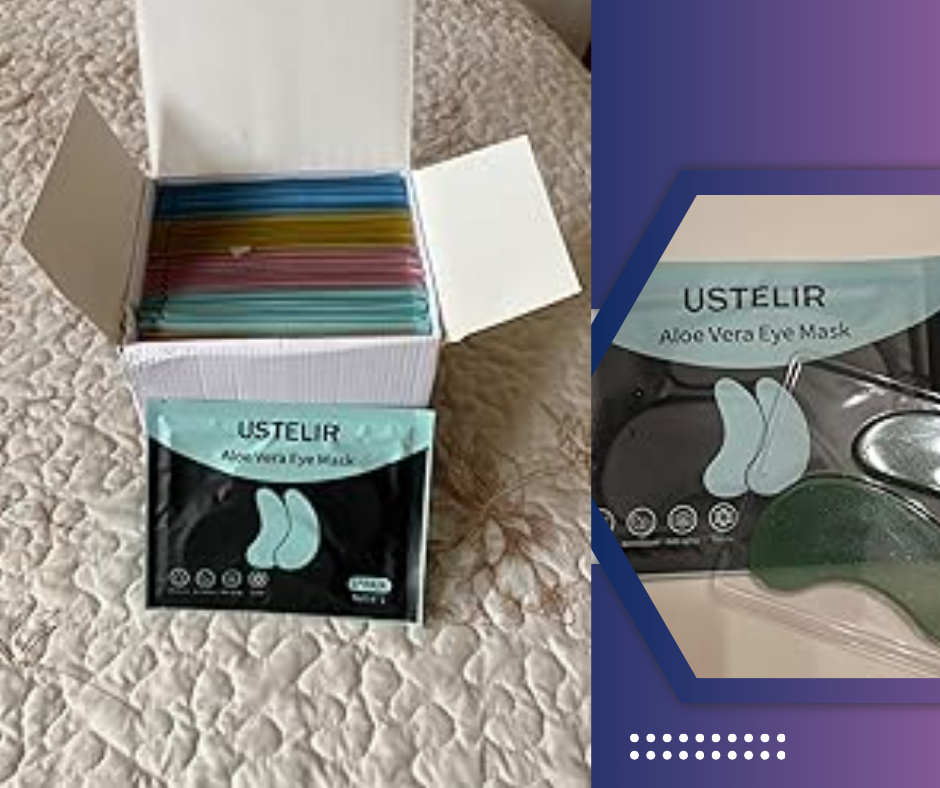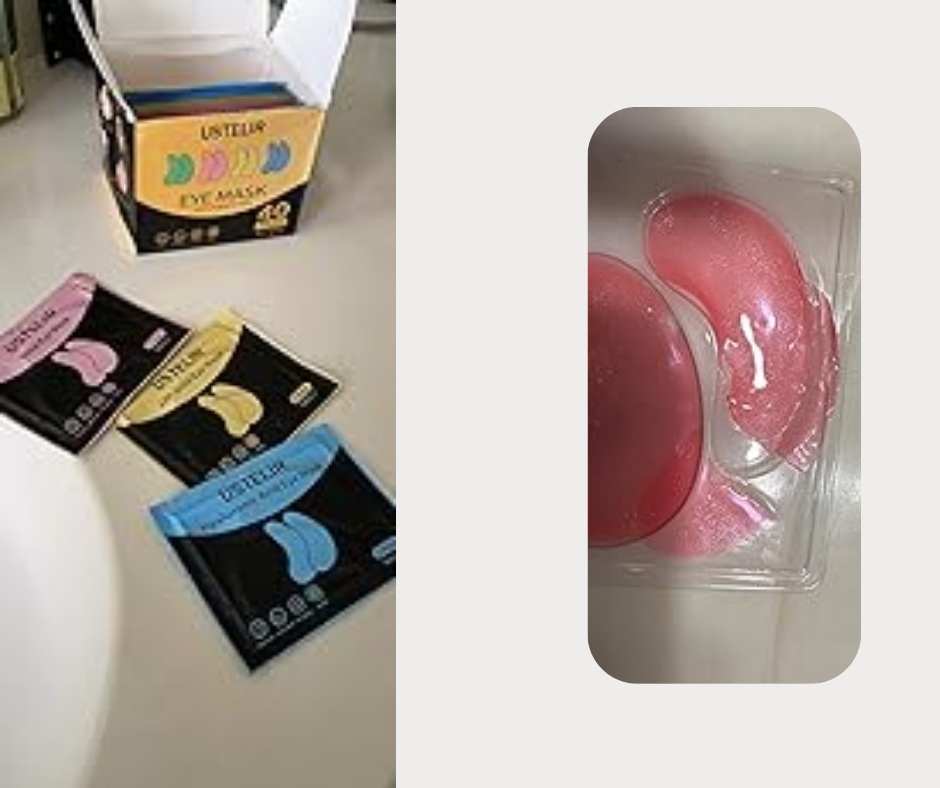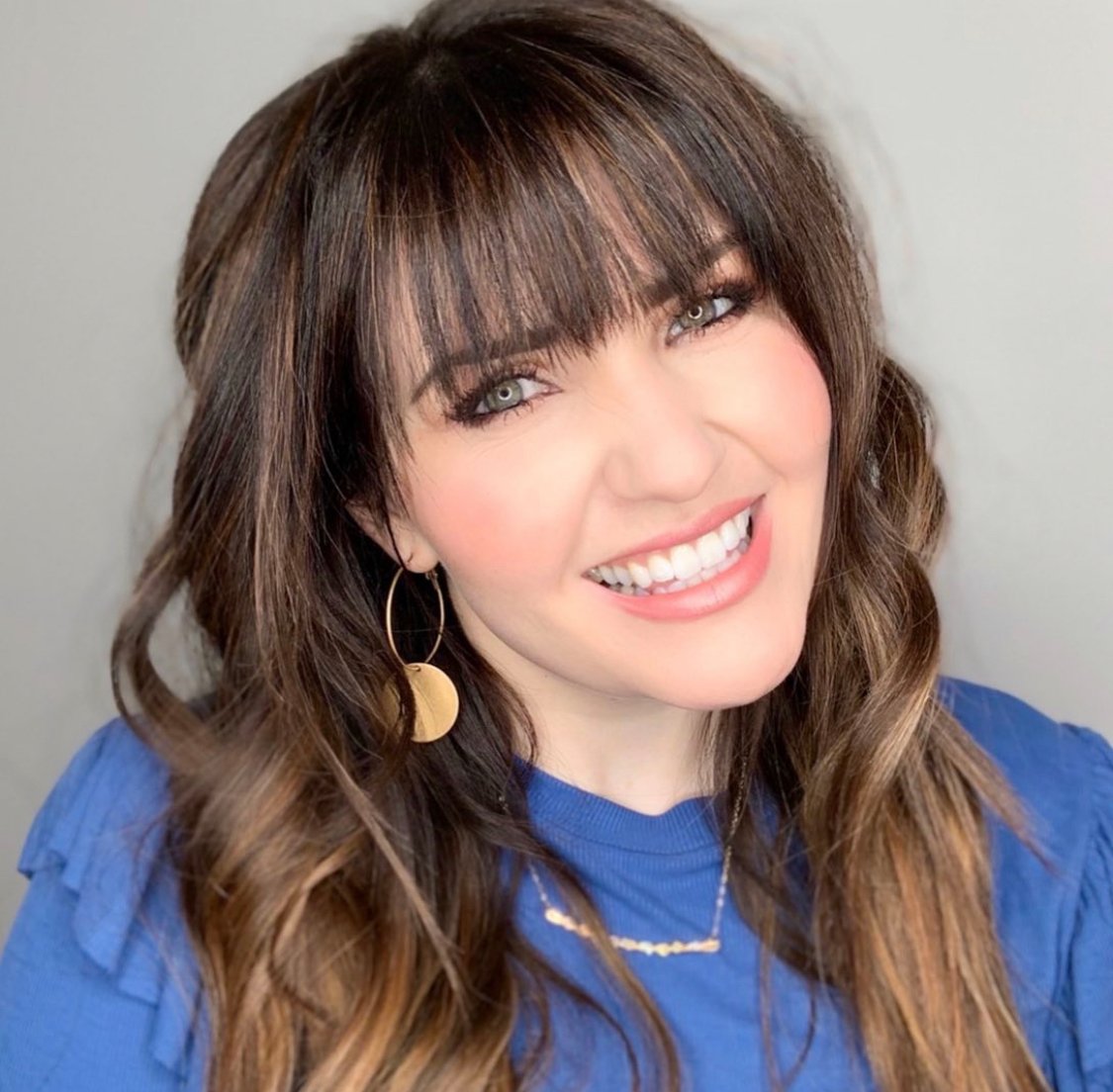Ever thought about how to formulate skin care products at home? I used to think it was complicated, but it’s easier than you’d expect! When I first tried, I made a mess—but I also learned a lot. You don’t need fancy tools or hard-to-find ingredients. With a few simple steps, you can make skin products that fit your needs. Let’s jump in and create your own beauty products today!
Understanding Skincare Formulation Basics
Ever wonder what’s in your skincare? Skincare formulation is just mixing the right ingredients to make products that hydrate, protect, and nourish your skin. It may sound fancy, but it’s like making a smoothie—simple when you know what goes together!
What Is Skincare Formulation?
Skincare formulation means blending different ingredients to create safe, effective products. Think of it like cooking—too much of one thing can throw it off! Water, oils, and active ingredients each play a role in keeping skin healthy.
Quick Answer: Skincare formulation is the process of mixing ingredients to create safe, effective skin products.
Key Components in Skincare Products
Most skincare products have three main parts:
- Water-based ingredients (like aloe or rose water) add moisture.
- Oil-based ingredients (like coconut oil or shea butter) lock in hydration.
- Active ingredients (like vitamin C or hyaluronic acid) help with skin concerns.
Each one has a job, and balancing them makes all the difference!
Quick Answer: Skincare products mix water, oils, and actives to hydrate, nourish, and protect skin.
Essential Tools and Equipment
You don’t need fancy tools to make your own skincare! Basic kitchen items work:
- Mixing bowls and spoons – For blending smoothly.
- Measuring scales – Accuracy matters!
- Double boiler – Gently melts butters and waxes.
- pH strips – Helps keep products skin-safe.
That’s it! With these, you’re ready to start.
Quick Answer: Simple tools like bowls, spoons, and pH strips help you make skincare at home.

How to Make Skincare Products at Home (Easy & Safe)
Making skincare at home is easier than you might think! You don’t need fancy tools or ingredients—just some simple steps and basic supplies. Whether you have dry, oily, or sensitive skin, you can create products that work just for you. Let’s dive into it!
Step-by-Step Guide to Your First Skincare Product
- Choose a product – Moisturizer, mist, or lip balm? Start with something simple!
- Pick your ingredients – Use oils, water-based ingredients, or actives.
- Measure carefully – Small changes can affect the texture, so be precise.
- Mix well – Stir or blend to get a smooth result.
- Store properly – Use a clean, airtight container to keep your product fresh.
It’s that easy! You’ve made your own skincare.
Quick Answer: Making skincare at home is simple—pick your ingredients, mix, and store it right.
Choosing Ingredients for Your Skin Type
It’s important to pick ingredients that suit your skin:
- Dry skin – Use shea butter, almond oil, or hyaluronic acid for deep moisture.
- Oily skin – Go for aloe vera and jojoba oil for a lightweight touch.
- Sensitive skin – Use chamomile or oat extract to calm your skin.
- Combination skin – Balance both sides with rosehip oil or niacinamide.
Quick Answer: Pick ingredients that match your skin—oils for dry skin, light hydrators for oily skin.
Easy DIY Skincare Recipes
Here are three simple recipes to try:
- Simple Moisturizer
- 2 tbsp shea butter
- 1 tbsp coconut oil
- 5 drops lavender essential oil
- Melt, mix, and store in a jar.
- Hydrating Face Mist
- ½ cup rose water
- 1 tbsp aloe vera gel
- 5 drops vitamin E oil
- Shake and spray for instant refreshment.
- DIY Lip Balm
- 1 tbsp beeswax
- 1 tbsp cocoa butter
- 1 tsp honey
- Melt together, pour into a tin, and let it set.
Quick Answer: Try simple recipes like a shea butter moisturizer, rose water mist, or honey lip balm.
How to Make Different Types of Skincare Products
Creating your own skincare is easier than you think! Whether you’re looking for a gentle cleanser, a rich moisturizer, or a refreshing face mask, you can customize products to fit your skin’s needs. Let’s break it down into simple steps!
Cleansers: Gel, Cream, and Foam-Based Options
A good cleanser washes away dirt, oil, and makeup without stripping your skin. Here are three types:
- Gel cleansers: Light and refreshing, great for oily or acne-prone skin.
- Cream cleansers: Thick and hydrating, perfect for dry or sensitive skin.
- Foam cleansers: Lather up for a deep clean, ideal for combination skin.
Quick Tip: Pick a cleanser that matches your skin type for the best results!
Moisturizers: Lightweight Lotions vs. Rich Creams
Your skin needs moisture to stay soft and healthy. Here’s how to choose the right type:
- Lightweight lotions: Absorb fast and work well for oily or combination skin.
- Rich creams: Provide deep hydration for dry or mature skin.
Quick Tip: Apply moisturizer while your skin is still damp to lock in hydration!
Serums: Water-Based vs. Oil-Based for Skin Concerns
Serums target specific skin needs like dryness, acne, or aging.
- Water-based serums: Light and fast-absorbing, great for hydrating or brightening.
- Oil-based serums: Nourishing and protective, perfect for dry or aging skin.
Quick Tip: Apply water-based serums first, then seal in moisture with an oil-based serum!
Exfoliants: Physical Scrubs vs. Chemical Exfoliants
Exfoliation removes dead skin cells, making your skin smooth and fresh.
- Physical scrubs: Contain tiny grains to buff away rough patches.
- Chemical exfoliants: Use ingredients like AHAs or BHAs to gently dissolve dead skin cells.
Quick Tip: Exfoliate 1-3 times a week to avoid irritation.
Face Masks: Clay, Hydrating, and Brightening Options
Face masks give your skin an extra boost!
- Clay masks: Absorb oil and unclog pores—best for oily skin.
- Hydrating masks: Add moisture—great for dry or sensitive skin.
- Brightening masks: Even out skin tone—perfect for dull or tired skin.
Quick Tip: Apply a face mask after cleansing for better absorption!
Now that you know the basics, you’re ready to start making your own skincare products. Have fun experimenting and enjoy glowing skin!

Safety and Best Practices in Skincare Formulation
Making skincare at home is fun, but safety matters! You want glowing skin, not irritation. Follow these simple steps to keep your DIY products safe and fresh.
Patch Test First: Stop Reactions Before They Start
Ever tried a new product and woke up with red, itchy skin? It happens! A patch test helps you avoid surprises.
👉 Quick Tip: Always test a small amount on your skin before full use.
Here’s how:
- Dab a little on your wrist or behind your ear.
- Wait 24-48 hours.
- If there’s no redness or itching, it’s good to go!
Even natural ingredients can cause reactions. Test first, glow later!
Avoid These Harmful Ingredients
Not all ingredients are skin-friendly. Some can irritate or even harm your skin.
🚫 Too much essential oil – Strong oils like peppermint or cinnamon can burn skin. Always dilute!
🚫 Citrus oils + sun = trouble – Lemon or lime oils make skin extra sensitive to sunlight.
🚫 Baking soda overload – It’s great for cleaning, but on your face? Too harsh!
🚫 No real preservatives – Water-based products need proper preservatives. Vitamin E is NOT enough!
Quick Tip: Research every ingredient before using it. Your skin deserves the best!
Storage Tips: Keep Skincare Fresh & Safe
DIY skincare spoils faster than store-bought products. Without strong preservatives, bacteria can grow fast.
👉 Quick Tip: Store products in cool, dark places and use clean containers.
Here’s how to keep them fresh:
✅ Use dark glass bottles – Light can break down ingredients. Amber or blue glass is best.
✅ Keep it cool – Store in a dry place or even in the fridge!
✅ Label everything – Write the date so you know when to toss it.
✅ Watch for changes – If it smells weird or changes color, throw it away.
Simple rule: When in doubt, toss it out!
By following these easy steps, you’ll keep your homemade skincare safe, fresh, and effective. Now, go create something amazing!
FAQs About Making Your Own Skincare Products
Making skincare at home can be fun and simple. If you’re just starting, you probably have some questions. Let’s go through the most common ones.
Can I make skincare products without preservatives?
Yes, you can. But it depends on the product. If you’re making oil-based products like lip balms or body butter, they don’t need preservatives. However, water-based products like creams or mists do need preservatives to stay safe.
🔹 Quick Answer: Oil-based products don’t need preservatives, but water-based ones do.
I learned this lesson the hard way. My first homemade mist went bad fast because I skipped the preservative!
What is the easiest skincare product to make at home?
The easiest products to make are lip balm, body butter, and face mist. They only need a few ingredients, and you can make them in no time.
💡 Simple recipes: ✔ Lip Balm – Melt beeswax, coconut oil, and cocoa butter. Pour into a tin, and you’re done! ✔ Body Butter – Whip shea butter and jojoba oil. So simple, so moisturizing! ✔ Face Mist – Mix rose water, aloe vera, and glycerin. Refreshing!
🔹 Quick Answer: Lip balm, body butter, and face mist are the easiest to make.
My first lip balm was a little too hard, but after adjusting the recipe, I got the perfect texture!
How do I know if my skincare formulation is safe?
It’s important to keep your products safe! Here’s how:
✅ Patch test – Try a small amount on your wrist to avoid irritation.
✅ Check for changes – If it smells bad or changes color, don’t use it.
✅ Test pH balance – The pH should be 4.5-6.5. Use pH strips to check.
✅ Use preservatives – Especially for lotions and serums.
🔹 Quick Answer: Patch test, check for changes, and use preservatives to keep products safe.
I once forgot to test the pH of a serum. It burned my skin! Now, I never skip this step.
Can I sell homemade skincare products?
You can, but there are rules to follow. Before selling, you’ll need to:
📌 Steps before selling:
✔ Check local laws – Rules vary by country.
✔ Test for stability – Make sure the product lasts.
✔ Label ingredients – List all ingredients in your products.
✔ Get certifications – Some areas require testing and certification before selling.
🔹 Quick Answer: Yes, but you need to follow rules and do proper testing before selling.
I thought about selling my body butter but realized I needed to test it and follow regulations. It’s worth doing things right!
Where can I buy skincare formulation ingredients?
You can find ingredients online or in specialty stores. Make sure to buy from trusted sellers to get high-quality products.
💡 Where to buy ingredients:
✔ Amazon & Etsy – Easy, but check reviews.
✔ Specialty shops – MakingCosmetics offers great products.
✔ Health food stores – Find coconut oil, aloe vera, and essential oils.
✔ Cosmetic labs – Some sell directly to small businesses.
🔹 Quick Answer: Buy ingredients from trusted online shops, health stores, or cosmetic labs.
I once bought shea butter from an unknown website, and it didn’t smell right. Now, I stick to reliable suppliers.
Conclusion
Making your own skincare products is not only fun but also empowering. Once you understand the basics—like picking the right ingredients and keeping everything safe—you’ll realize it’s easier than you thought!
Start small. Try a simple moisturizer or a DIY lip balm before experimenting with advanced formulations. Trust me, you don’t need a lab full of fancy equipment to create effective skincare.
One last tip: Always research your ingredients and do a patch test before applying anything new to your skin. Even natural ingredients can cause reactions, so it’s better to be safe than sorry.
Now, it’s your turn! Grab your favorite ingredients, mix up something special, and enjoy the satisfaction of using a product you made yourself. Happy formulating!

I’m Carrie Kelly, the creator behind Gotham Beauty Lounge. Beauty is my passion, and I’ve made it my mission to bring you all the latest trends, expert tips, and honest reviews to help you elevate your beauty game. With a love for all things bold, edgy, and elegant, I believe makeup is an art form, and skincare is self-care. On my blog, I share my personal experiences, favorite products, and advice for embracing your unique beauty. Join me on this exciting journey to feel confident, empowered, and, most importantly, to always look and feel your best!
